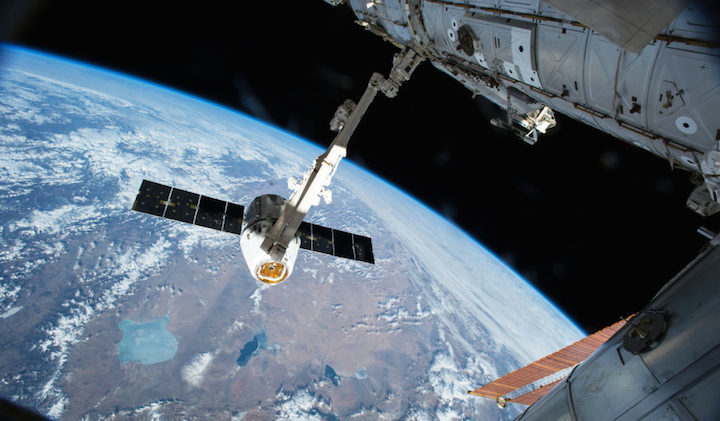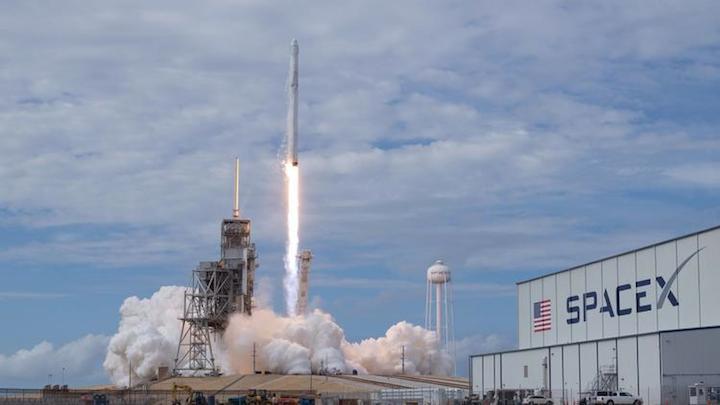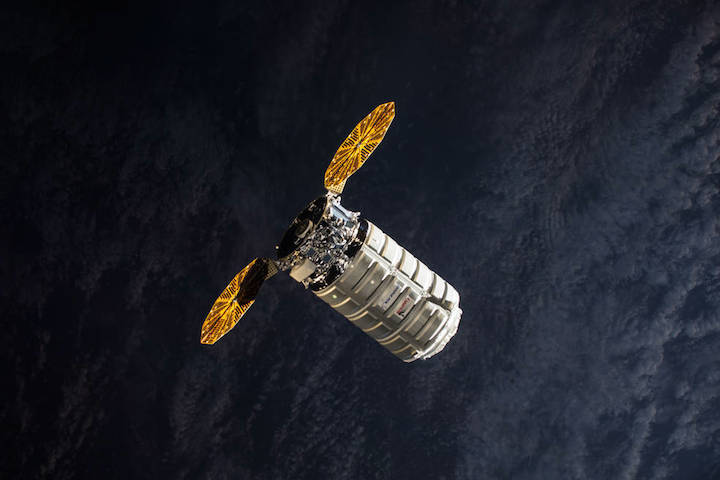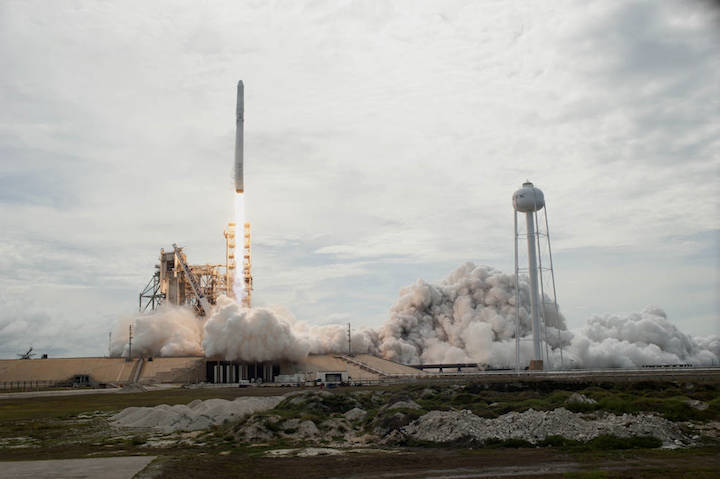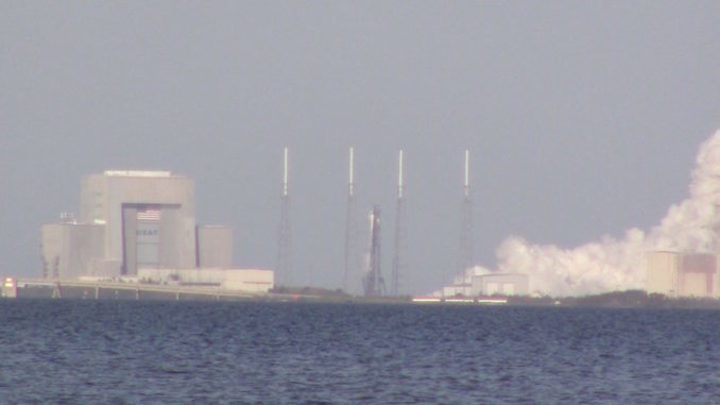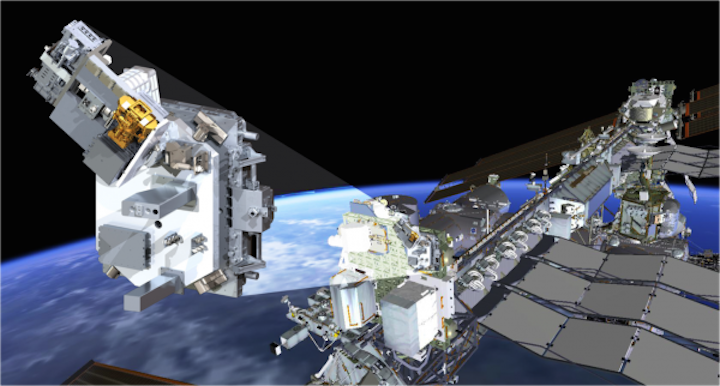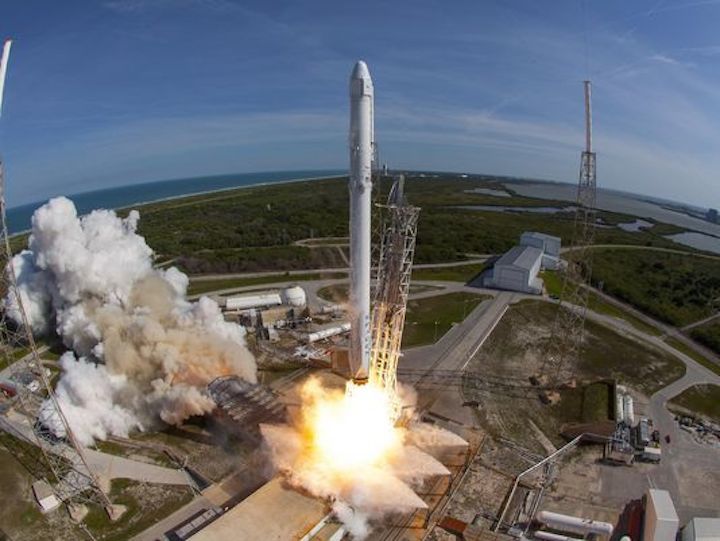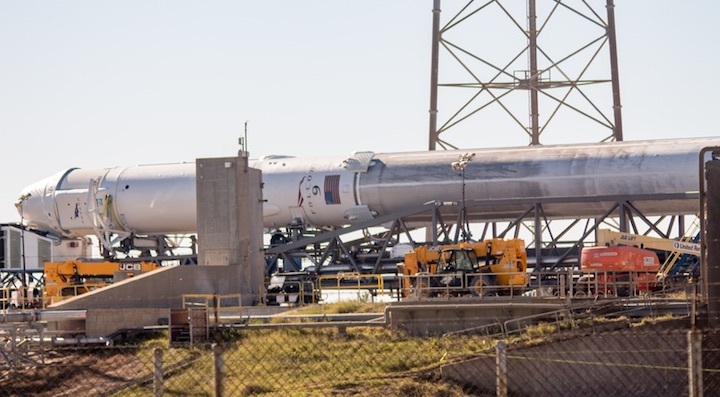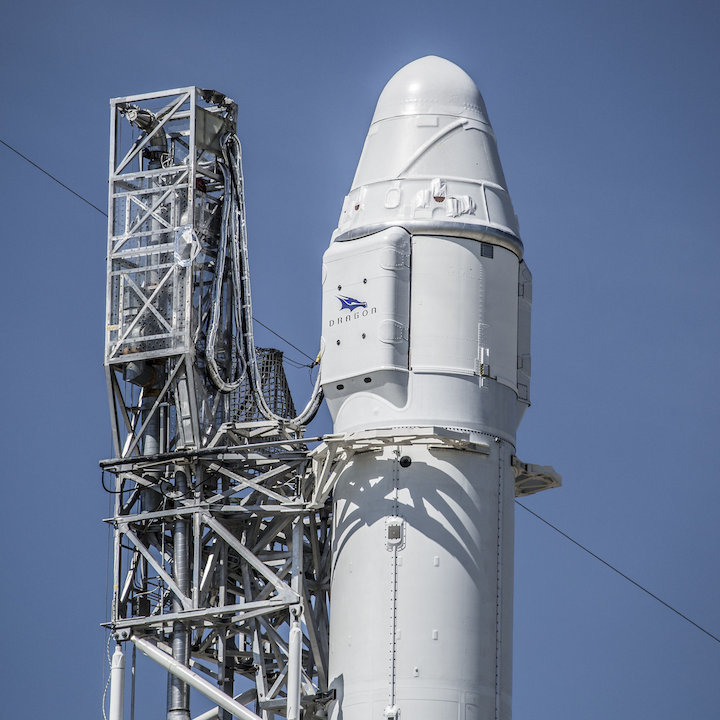SpaceX has again pushed back the launch of a used Falcon 9 rocket and Dragon capsule filled with NASA cargo — this time to no earlier than Friday (Dec. 13) — for extra inspections and cleaning after engineers detected particles in the booster's second-stage fuel system..
A SpaceX Falcon 9 booster and Dragon spacecraft — both making their second flight — were scheduled to launch a delivery mission for NASA from Cape Canaveral Air Force Station in Florida on Wednesday (Dec. 13). But the need for more ground-system checks forced SpaceX to push the launch to Friday at 10:35 a.m. EST (1535 GMT).
Quelle: SC
---
Update: 14.12.2017
.
NASA Television Updates Broadcast Schedule for Cargo Resupply Mission
NASA commercial cargo provider SpaceX now is targeting no earlier than 10:36 a.m. EST Friday, Dec. 15, for its 13th commercial resupply services mission to the International Space Station. The launch and post-launch news conference will air on NASA Television and the agency’s website.
Packed with almost 4,800 pounds of research, crew supplies and hardware, the SpaceX Dragon spacecraft will launch on a Falcon 9 rocket from Space Launch Complex 40 at Cape Canaveral Air Force Station in Florida.
Launch coverage will begin at 10 a.m., followed at noon by a post-launch news conference with representatives from NASA’s International Space Station Program and SpaceX.
About 10 minutes after launch, Dragon will reach its preliminary orbit and deploy its solar arrays. A carefully choreographed series of thruster firings will bring the spacecraft to rendezvous with the space station Sunday, Dec. 17. NASA astronauts Mark Vande Hei and Joe Acaba will capture Dragon using the space station’s robotic arm. Ground controllers then will send commands to robotically install the spacecraft on the station’s Harmony module.
The Dragon spacecraft will spend approximately one month attached to the space station, returning to Earth in mid-January with results of previous experiments.
The deadline for media to apply for accreditation for this launch has passed, but more information about media accreditation is available by contacting Jennifer Horner at 321-867-6598 or jennifer.p.horner@nasa.gov.
Also on Sunday, Scott Tingle of NASA, Anton Shkaplerov of Roscosmos and Norishige Kanai of the Japan Aerospace Exploration Agency are scheduled to launch to the International Space Station at 2:21 a.m. (1:21 p.m. Baikonur time) from the Baikonur Cosmodrome in Kazakhstan.
NASA TV coverage for Dragon arrival and crew launch Sunday is as follows:
- 1:15 a.m. – Launch coverage begins
- 4:30 a.m. – Dragon rendezvous at the space station and capture coverage
- 7:30 a.m. – Installation coverage
Quelle: NASA
---
Update: 15.12.2017
.
Launch Weather 90 Percent ‘Go’ on Friday
Meteorologists with the U.S. Air Force 45th Space Wing are predicting a 90 percent chance of favorable weather for liftoff of the SpaceX Falcon 9 rocket carrying a Dragon spacecraft. Launch of the company’s 13th commercial resupply services mission to the International Space Station for NASA is targeted for no earlier than Friday, Dec. 15 at 10:36 a.m. EST from Space Launch Complex 40 at Cape Canaveral Air Force Station in Florida. On launch day, the primary weather concern is for thick clouds.
SpaceX CRS-13 Update: Launch No Earlier Than Dec. 15
NASA and SpaceX are now targeting no earlier than 10:36 a.m. EST Friday, Dec. 15, for the company’s 13th commercial resupply services mission to the International Space Station. SpaceX is taking additional time for the team to conduct full inspections and cleanings due to detection of particles in the second stage fuel system. The next launch opportunity would be no earlier than late December.
Meteorologists with the U.S. Air Force 45th Space Wing are predicting an 80 percent chance of favorable weather for liftoff on Friday.
A Dragon spacecraft will launch atop a Falcon 9 rocket from Space Launch Complex 40 at Cape Canaveral Air Force Station in Florida. Dragon is now scheduled to arrive at the space station on Sunday, Dec. 17.
On Sunday, Scott Tingle of NASA, Anton Shkaplerov of Roscosmos and Norishige Kanai of the Japan Aerospace Exploration Agency are also scheduled to launch at 2:21 a.m. (1:21 p.m. Baikonur time) from the Baikonur Cosmodrome in Kazakhstan to the International Space Station.
NASA Television coverage for launch and arrival activities are as follows:
Friday, Dec. 15
- 10 a.m. – Launch commentary coverage begins
- 12 p.m. – Post-launch news conference with representatives from NASA’s International Space Station Program and SpaceX
Sunday, Dec. 17
- 1:15 a.m. – Soyuz MS-07 launch coverage begins
- 4:30 a.m. – Dragon rendezvous at the space station and capture coverage begins
- 7:30 a.m. – Installation coverage begins
Quelle: NASA
+++
Update: 16.45 MEZ
-
Erfolgreicher Start von SpaceX-Falcon 9 mit CRS-13 Mission
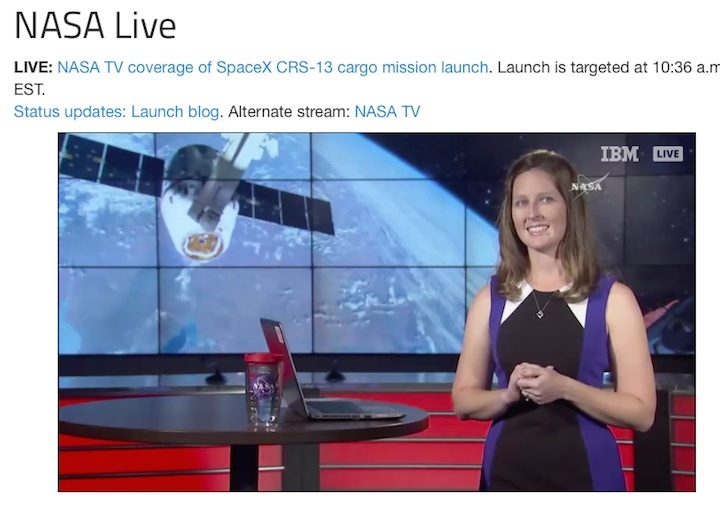
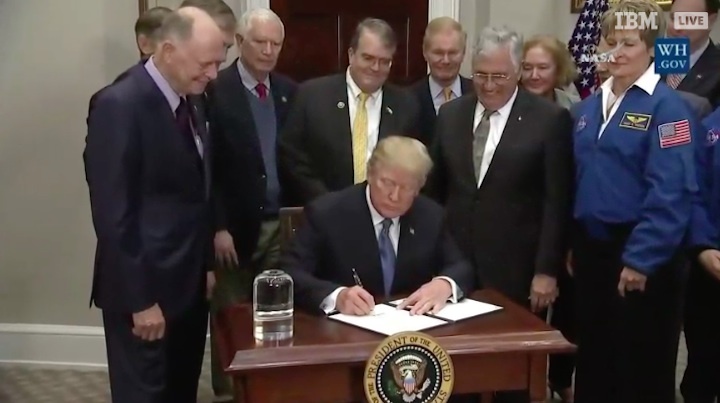
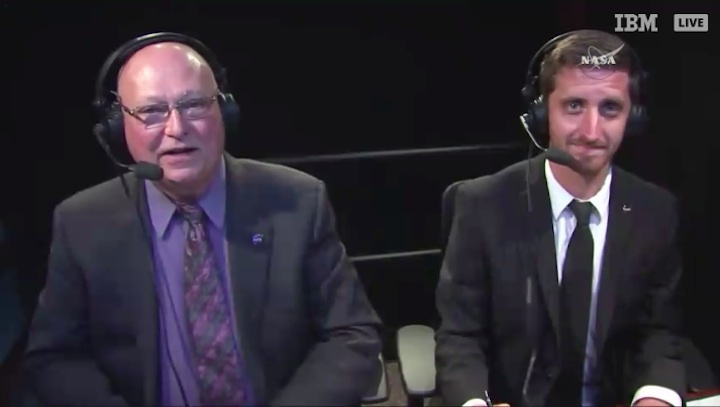
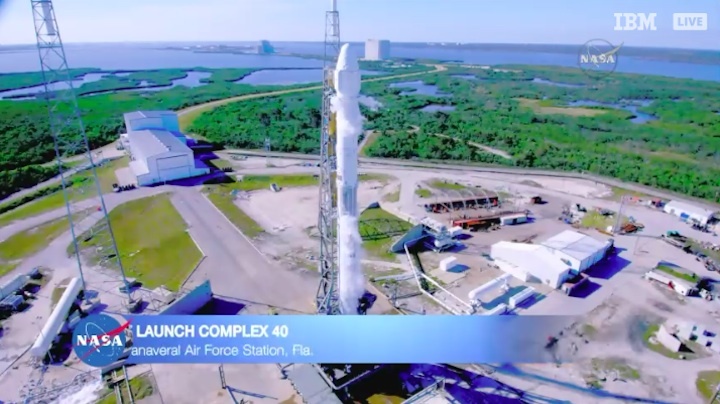
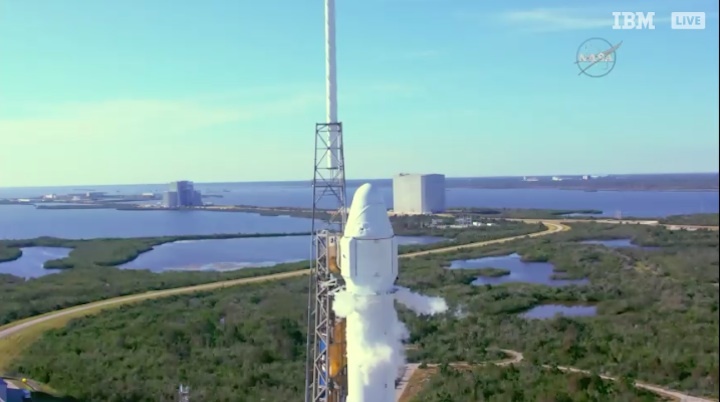
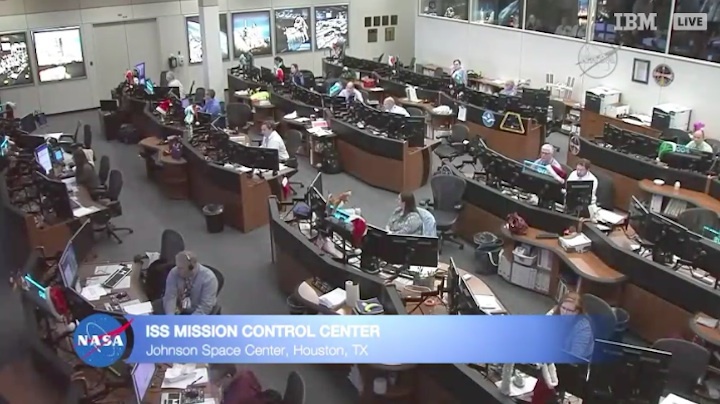
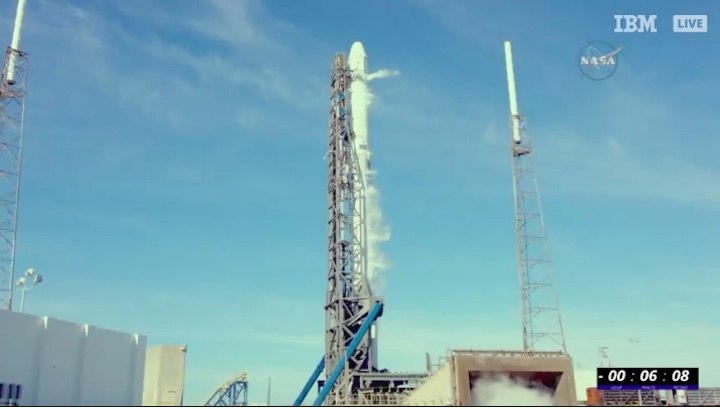
+++
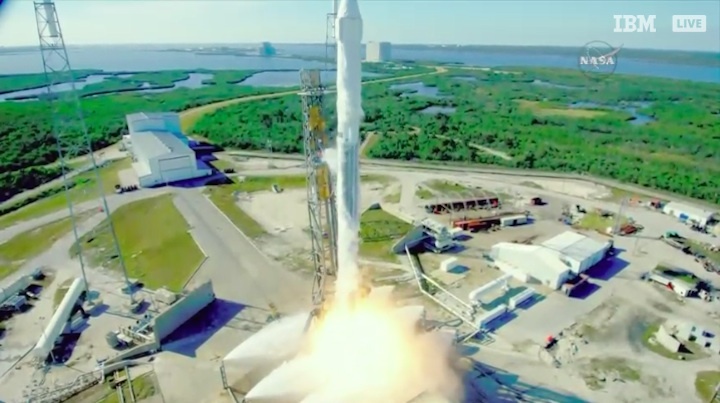
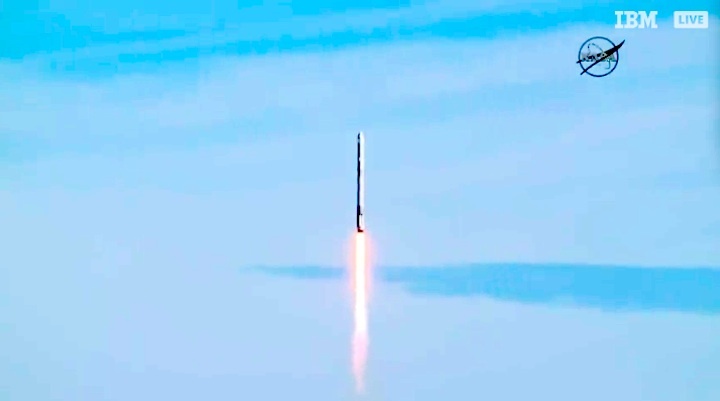
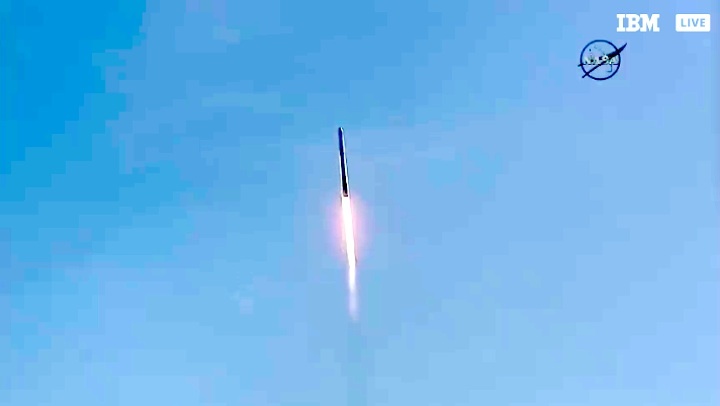
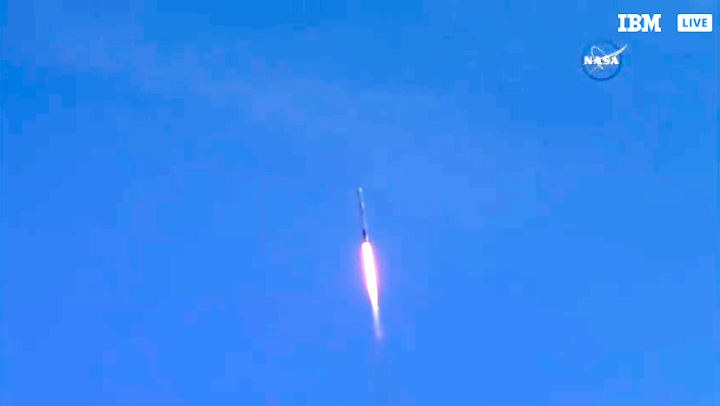
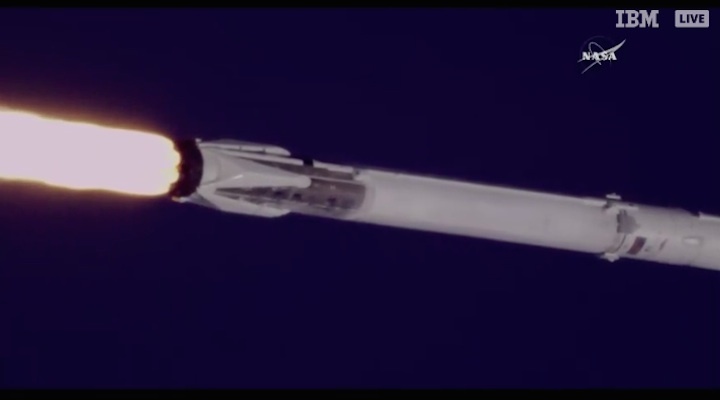
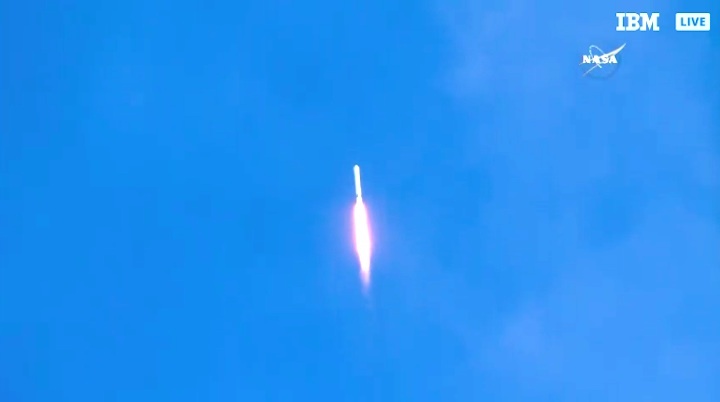
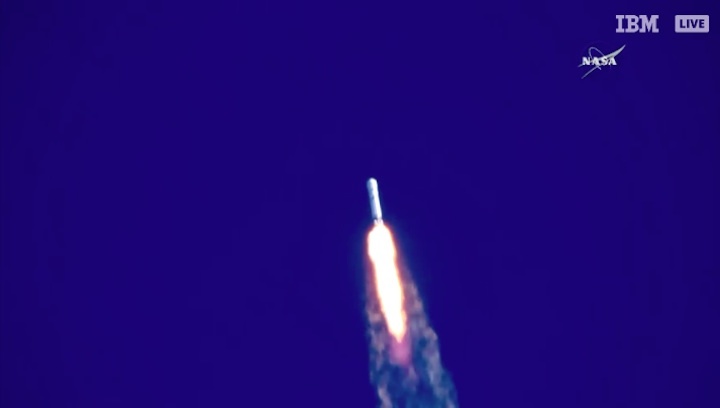
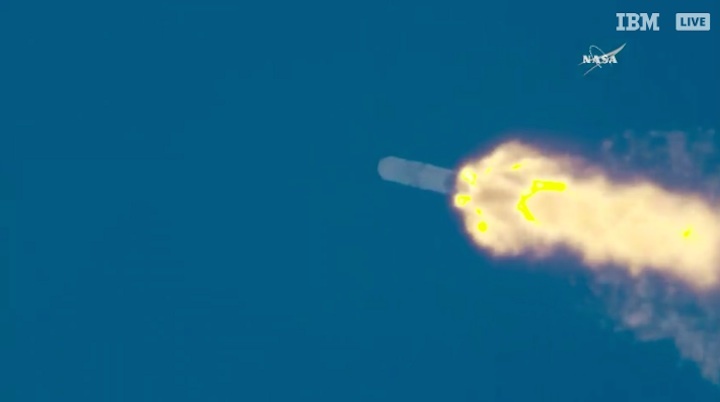
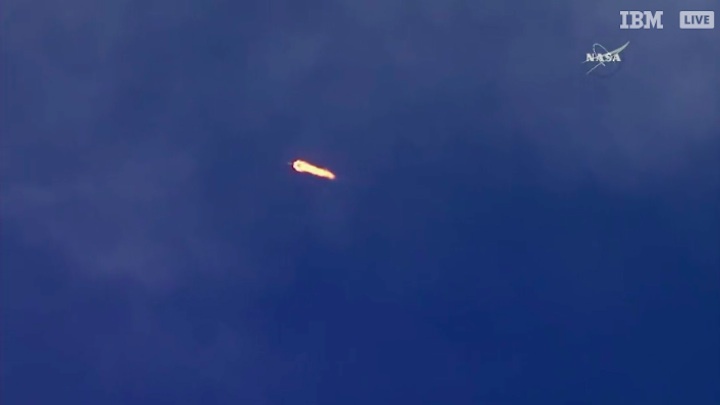
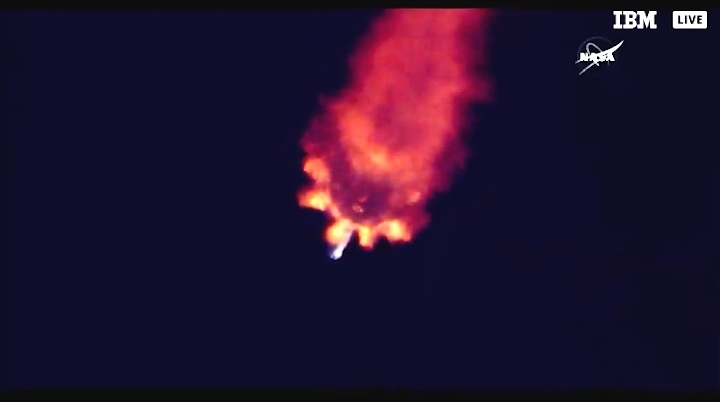
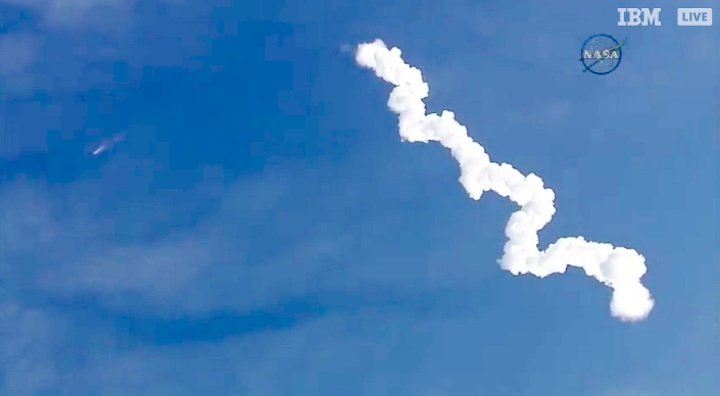
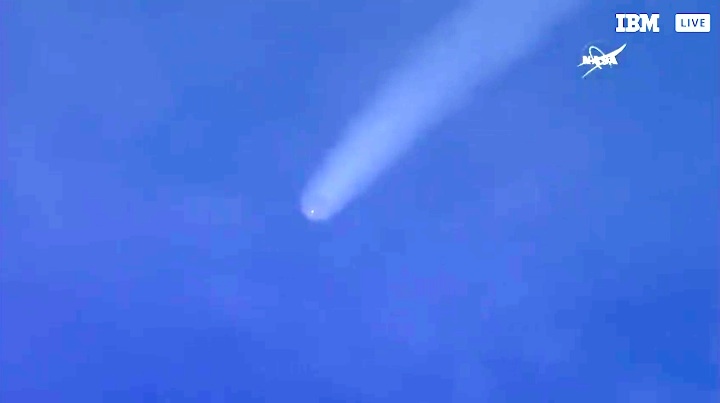
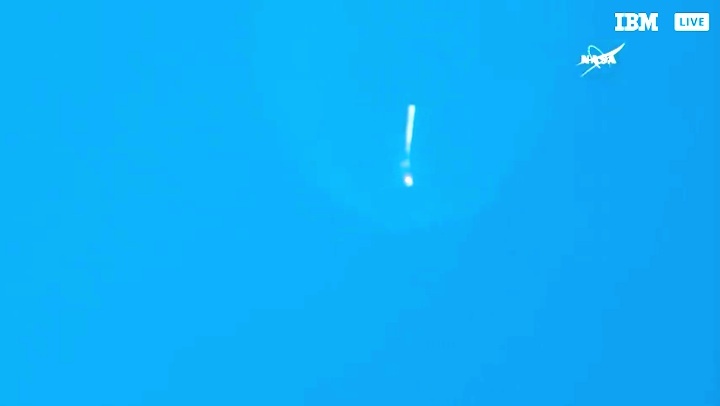
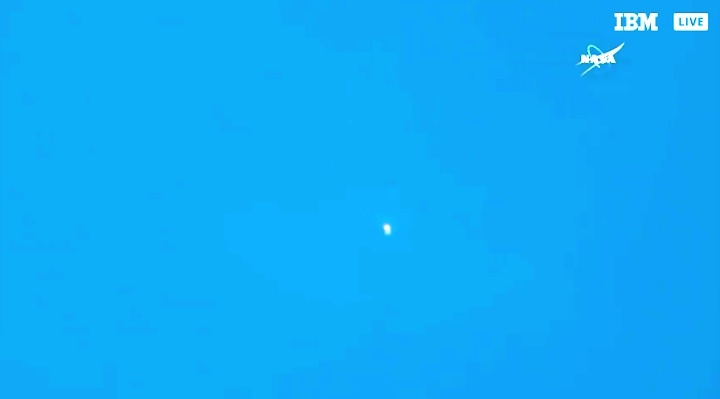
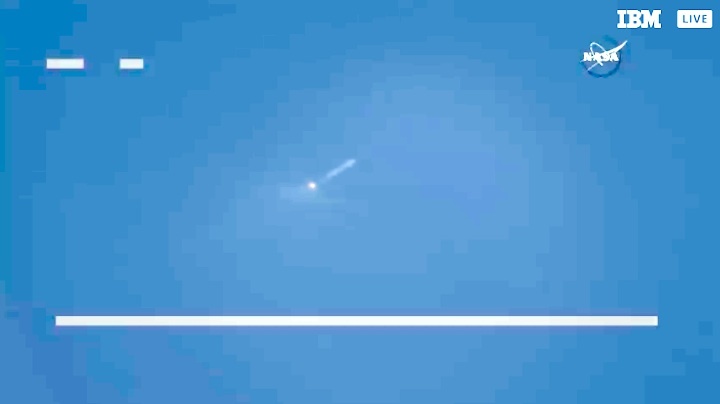
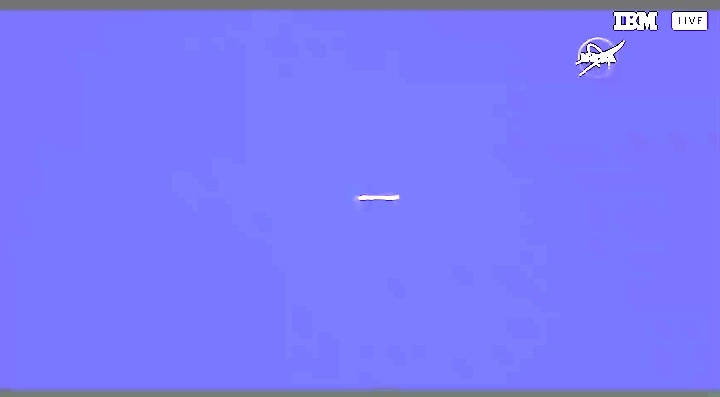
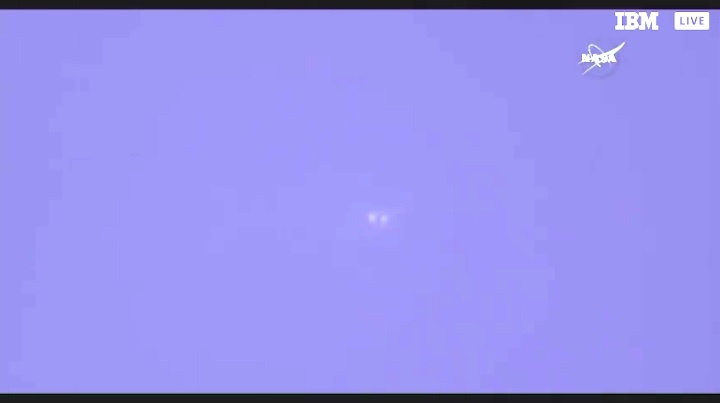
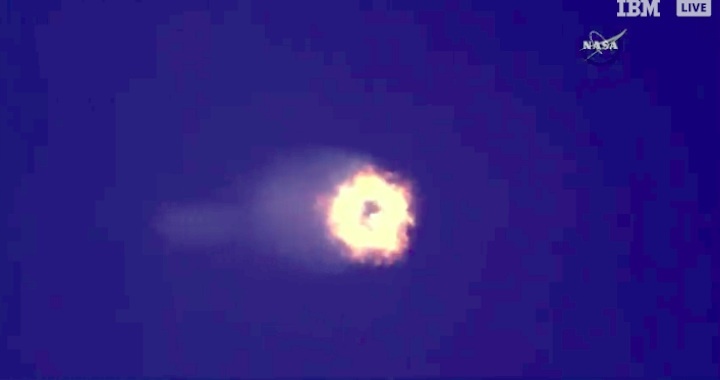
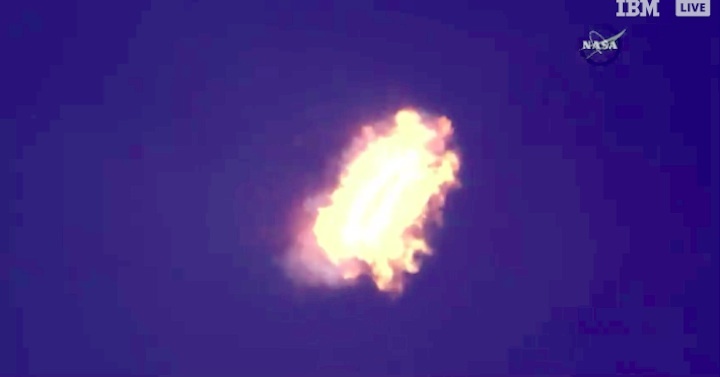
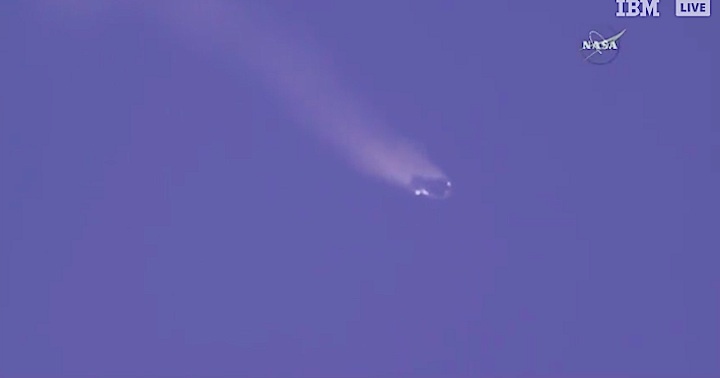
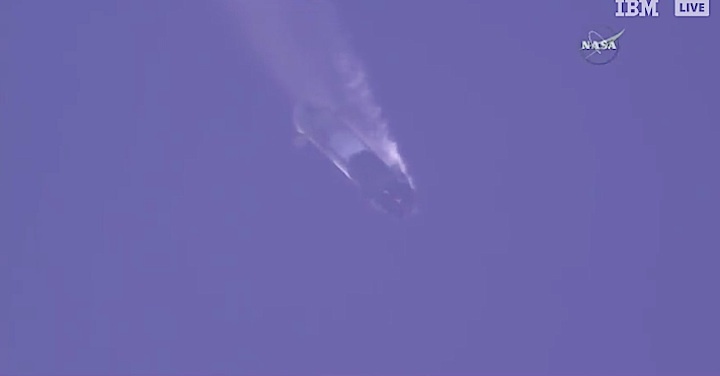
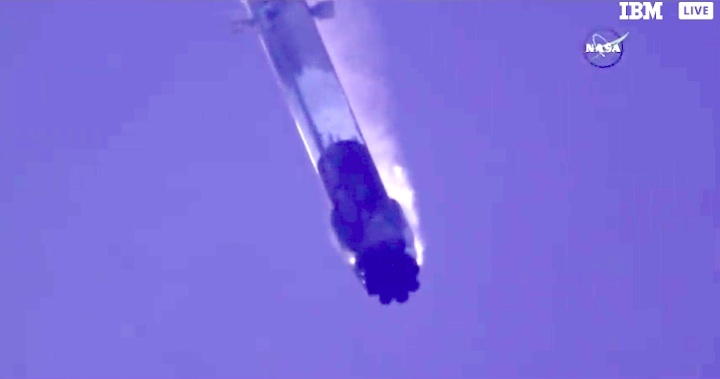
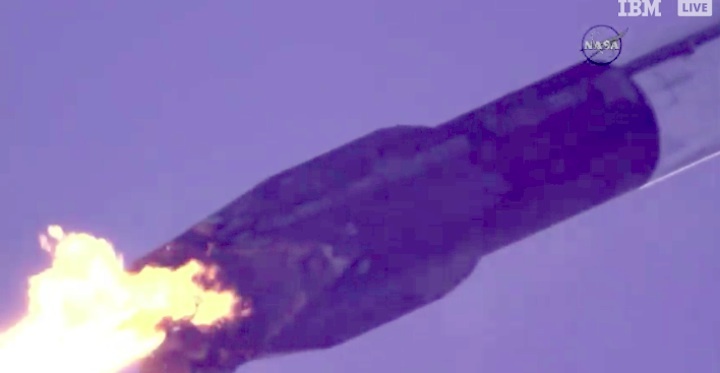
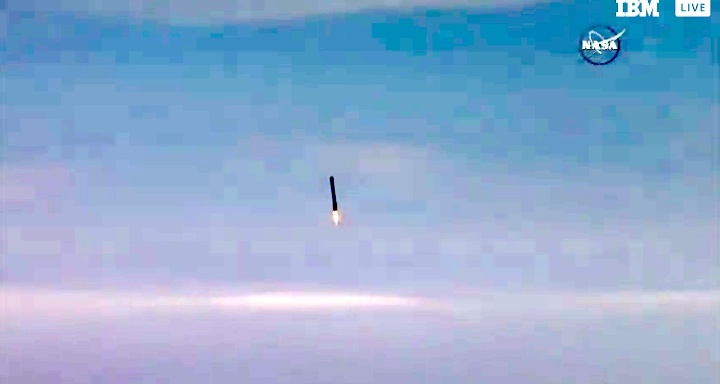
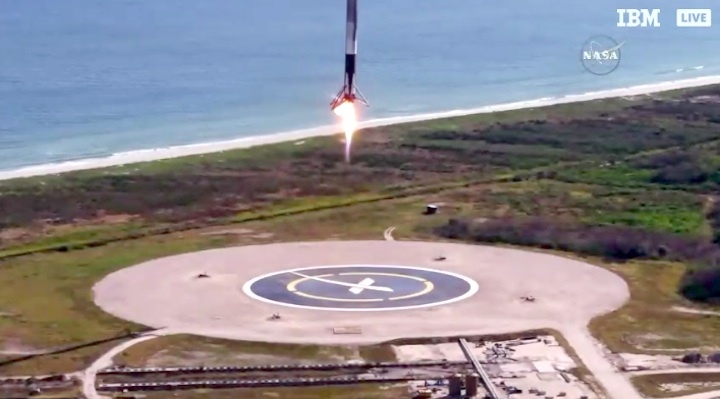
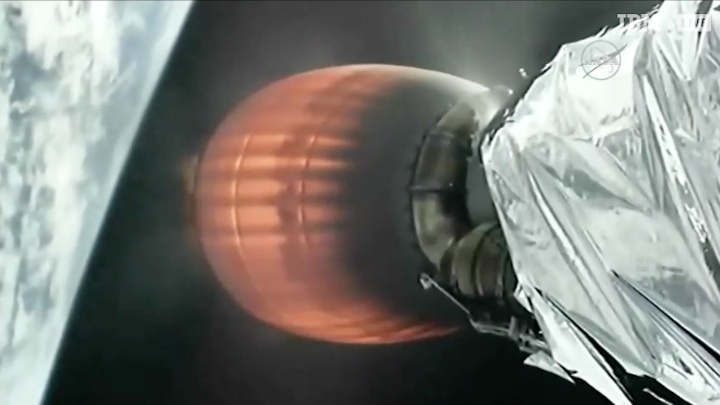
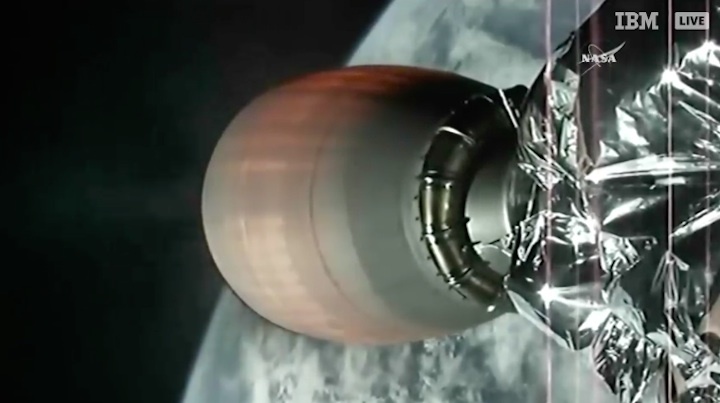
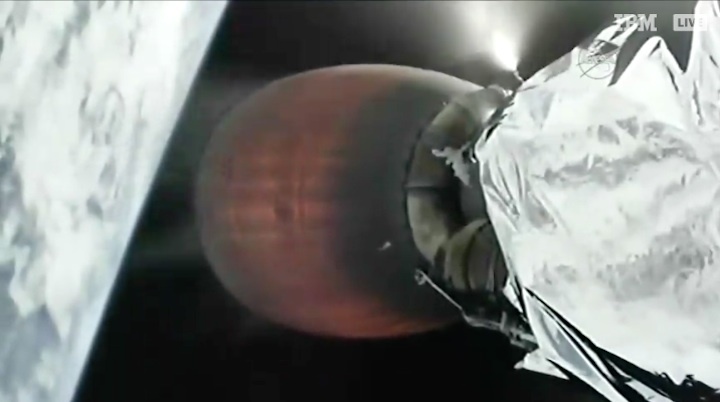
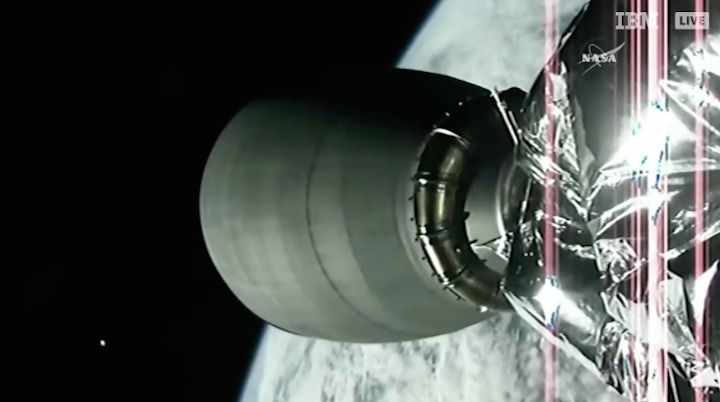
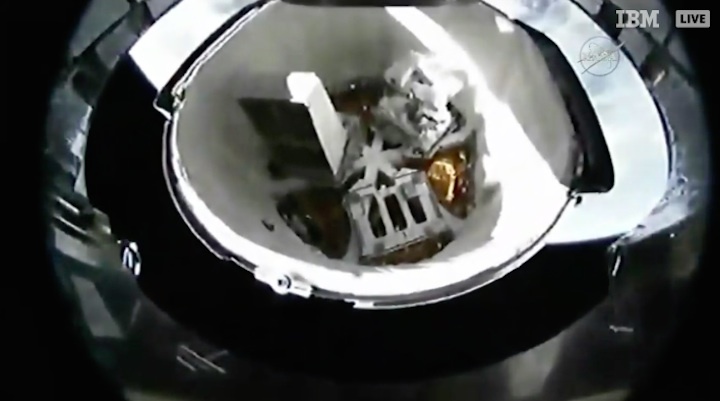
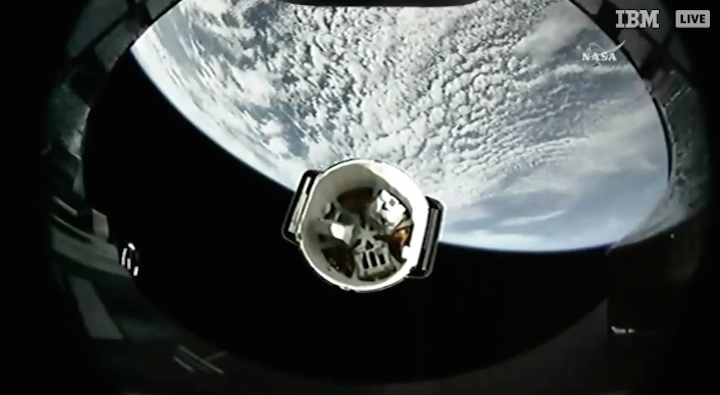
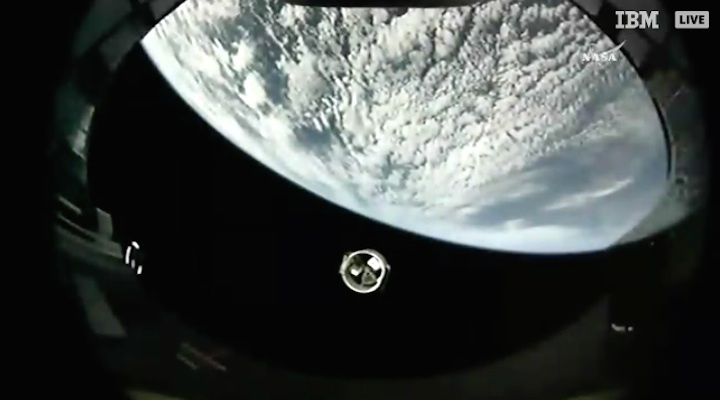
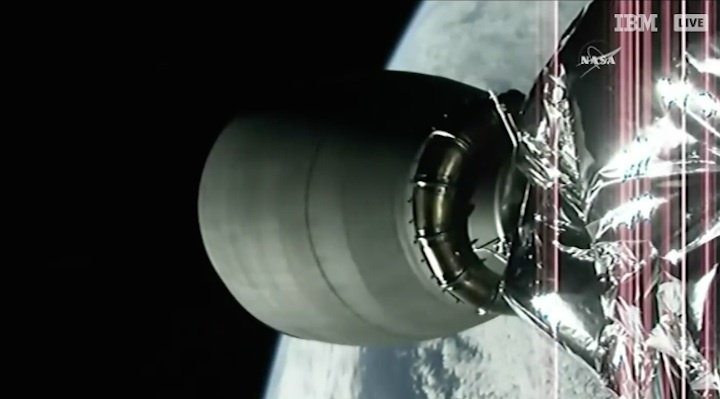
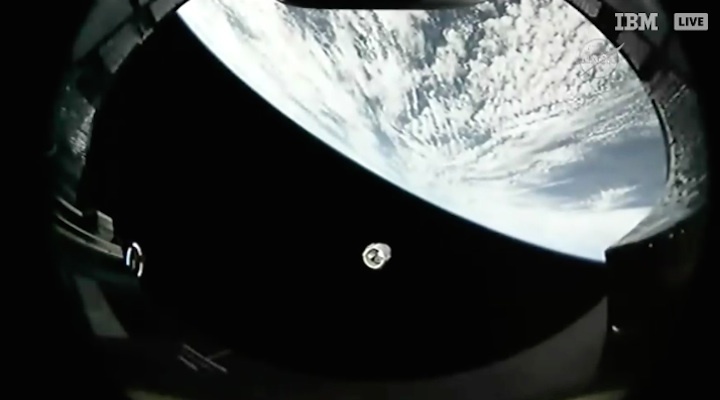
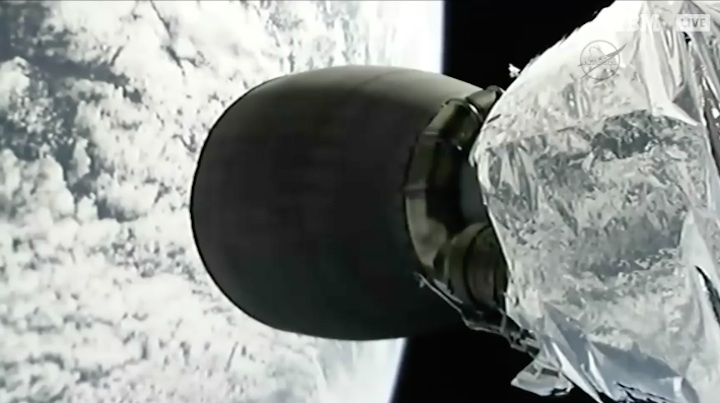
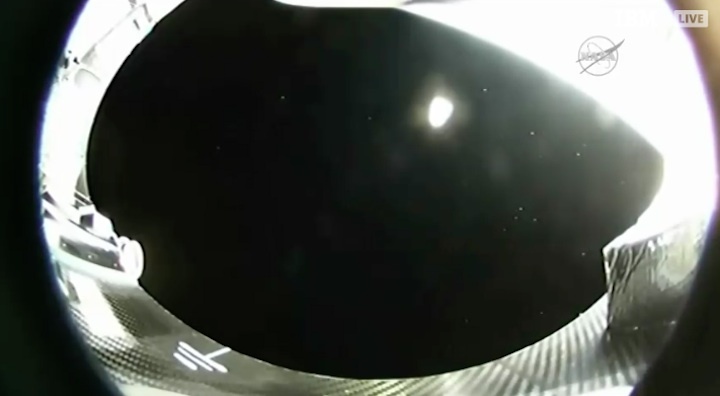
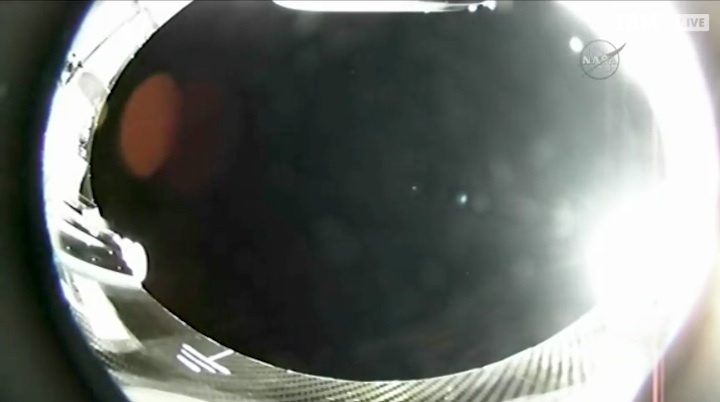
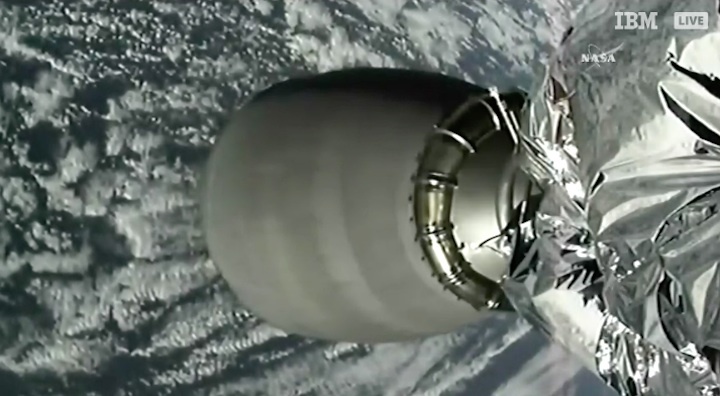
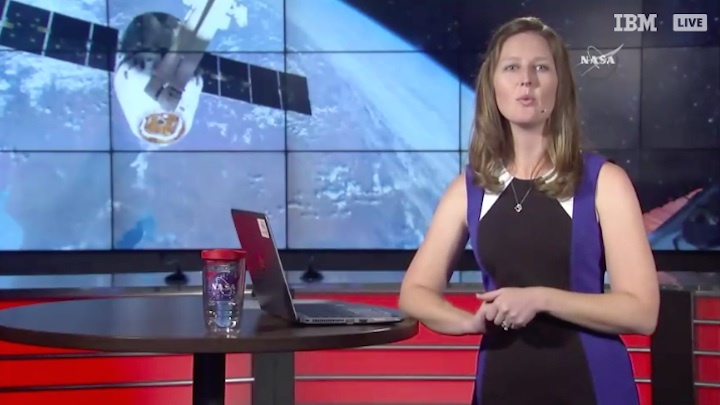
Quelle: NASA-TV


